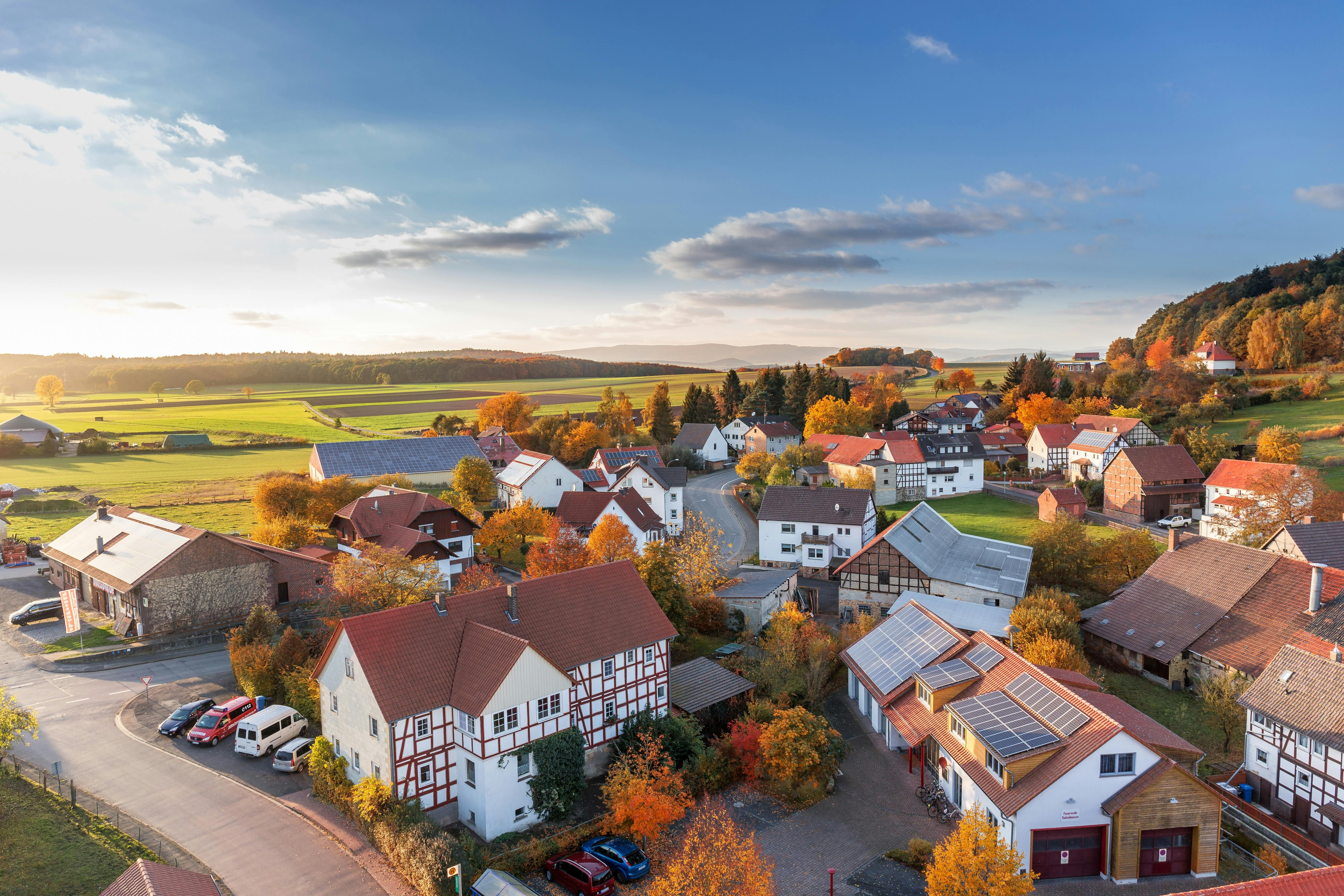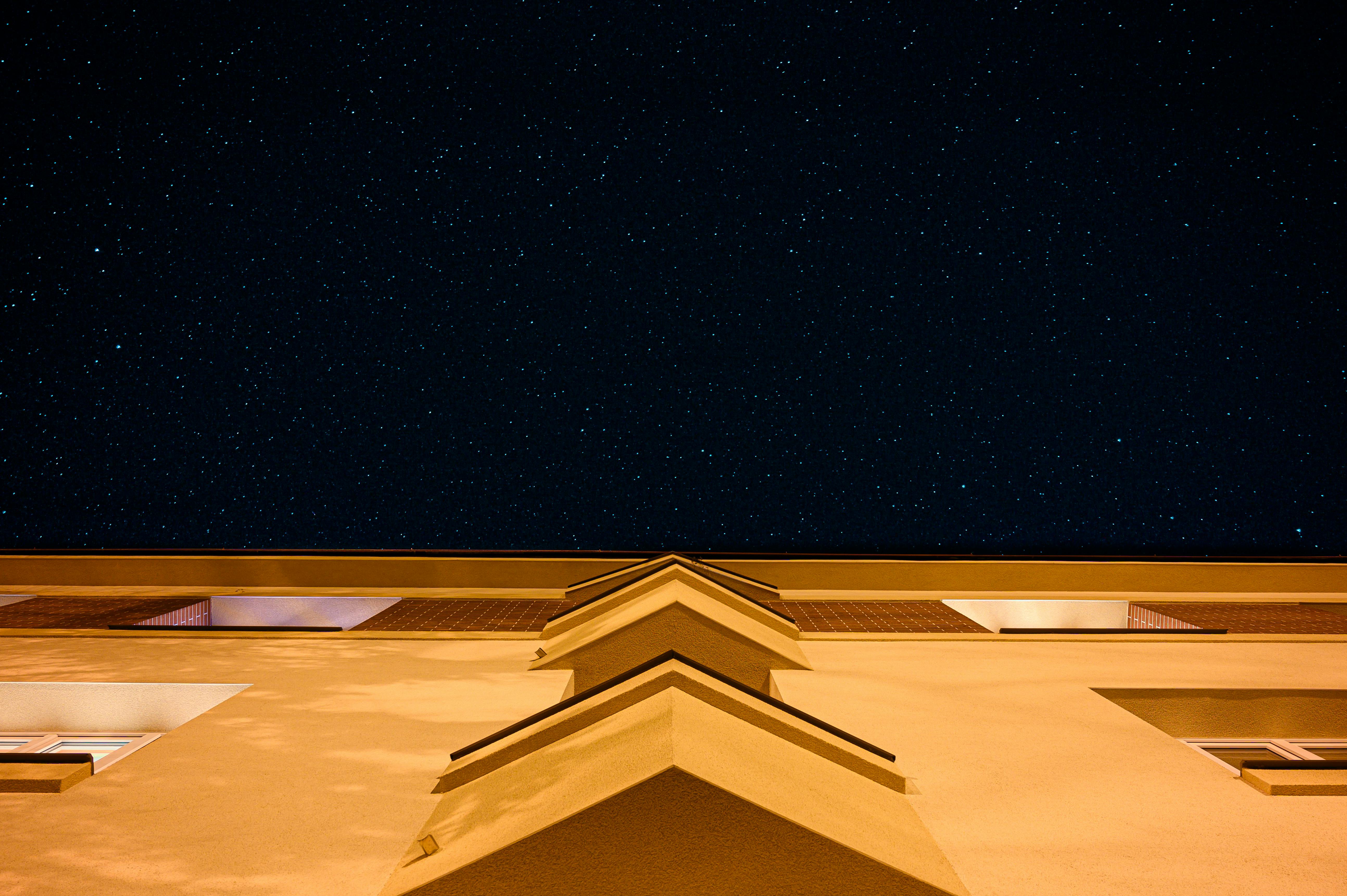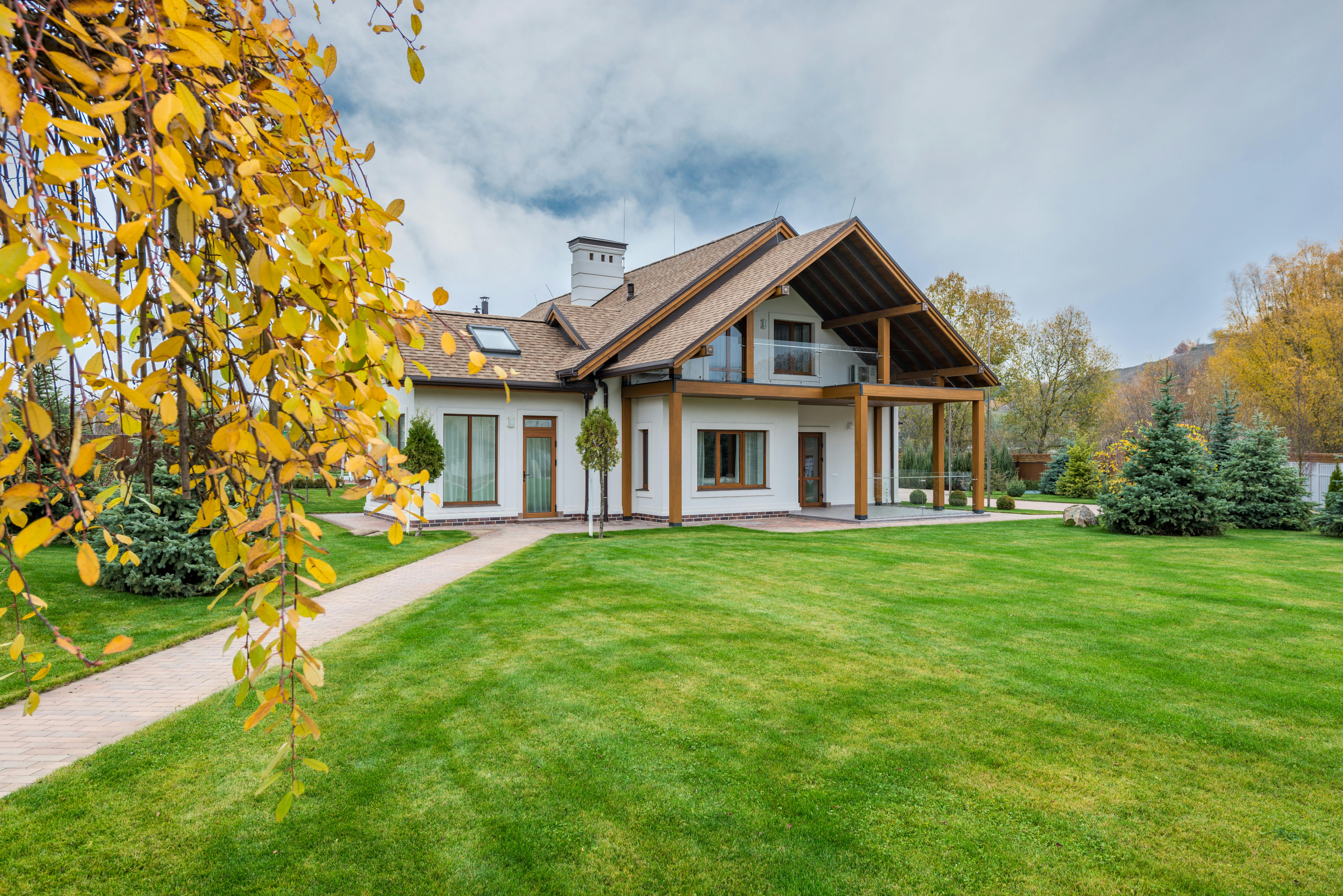You have designed a great Warhammer army. You’ve talked to friends and they think you have a great balance of power for your playstyle. You have bought the army and assembled it. Now is the time to make it look fantastic so that you can demolish all the opponents in style. How do you want it to look? What color scheme are you going to use for your army? This article will review some notions on how to approach color scheme selection.
The first thing you need is inspiration. Looking at many armies is essential for inspiration. Games Workshop fluff on the big rulebooks and White Dwarf has great visuals for both 40k and WFB; of course both genres have Codex or Army Books. There are literally thousands of blogs and dozens of forums online that you can scan for great images. Another great source, and perhaps the best, is to go to a larger tournament and watch the armies there. Time here is important. The best time to watch is between games during Game 1 and Game 2 or Game 2 and Game 3 when the players have them on display to judge the paint.
When looking at real images and armies, ask yourself what you like and why. Really think about it. Which are your favorite colors? What painting style do you like? Do you like darker shades or very bright colors? What emotion do you want to convey? Colors have meaning. Some examples:
- Red is associated with energy, war, danger, strength, power, determination, passion, desire, and love.
- Yellow is associated with intellect and energy. (Also joy and happiness, but they don’t seem applicable to either 40k or WFB.)
- Combining red and yellow, orange represents enthusiasm, fascination, creativity, determination, attraction, success, encouragement, and stimulation.
- Green symbolizes growth, harmony, freshness and fertility, and also security.
- Blue conveys feelings of trust, loyalty, wisdom, confidence, intelligence, faith, truth, and heaven. (Such an obvious choice for the Ultramarines!)
- Combining blue and red, purple symbolizes power, nobility, luxury, and ambition. Also extravagance. It is associated with wisdom, dignity, independence, creativity, mystery, and magic.
- White is the color of perfection and is associated with light, goodness, innocence, purity, and virginity.
- Black is associated with power, elegance, formality, death, evil, and mystery. (Now THIS is a color that is widely applied to Warhammer.)
Try to think of some color schemes. So think about your army. What do you mean by your color scheme? Do you like fluff? (Is Fluff the fictional 40k and WFB stories and history for each of the various races?) Are you creating an army based on the fluff, and if so, does it specify a basic color scheme? What is the planet your army comes from: desert, forest, water, ash residue, ice? Armies tend to choose colors that are sympathetic to the environment in which they are fighting, for camouflage, but also because they will look better. Also, an army of darker tones will look more martial; a lighter shade more fantasy.
All of that said, your color scheme options should be limited by a few practical and artistic principles. The models are small and highly detailed. To see those details, you need high contrast of color and tone. Color contrast is shown by choosing colors that are opposite on a color wheel; the contrast of tone is dark vs. Light colors. For example, you can’t easily see a black shoulder strap against a dark brown shirt. However, you can see a tan shoulder strap against a dark blue shirt. Also, if you want to paint your army so that all color areas have depth and highlights, you should choose two or three colors for each color area: one for the base tone, the second for the midtones, and finally one (or even more) for high beams.
If you’re painting your army for tournaments, lighter-toned armies tend to be better judged. I think this is simply because they are easier to see, but it is definitely true. Also for tournaments, you will need at least three colors.
Finally, and possibly most importantly, can you paint the color schemes you’re considering? Using lots of colors can look fantastic, but it will take a long time. It may be okay to spend a little extra time working on your key characters or models; but armies are something else. Is there a way to simplify the paint scheme? Maybe you can use the dip to make painting armies faster. Will the color scheme work well with your painting style and the primer you will be using? My main painting style relies heavily on black primer, which just doesn’t work well with some colors.
Once you have the idea for two or three color schemes, test them out. Do reasonably quick jobs on finished models and see which outline looks good and is easiest to paint. Show the results to your friends and see which one they like. Then choose your color scheme.
This sounds like a lot of work, but so is painting a good-sized Warhammer army. It’s worth spending a little time designing the perfect color scheme; and it will make playing with the army much more fun.



